by Mike Gulett –
The chronograph watch is more than just a handsome accessory with many dials and buttons. It is a tool born of precision and competition, a companion to explorers, aviators, and race car drivers. From the golden age of motorsport to today’s watch collector world, the chronograph has been the watch of choice for those who live life by the second.
The Birth of the Chronograph
Louis Moinet created a timing device in 1816 to aid astronomers, and in 1821 Nicolas Mathieu Rieussec patented the first commercial chronograph at the request of King Louis XVIII of France, who wanted accurate timing for horse races. His invention literally wrote elapsed time on a dial using ink. Over the decades, the device evolved into the familiar wrist-borne stopwatch, with hands and pushers replacing ink markings.
By the late 1800s, chronographs had found their way into military, scientific, and industrial use. Their purpose was simple: to measure short intervals of time with accuracy, something that standard watches could not do.
The Racing Connection
Motorsport emerged in the early 20th century as a new test of human daring and technology. Whether in Grand Prix racing, hill climbs, or endurance contests like Le Mans, the stopwatch became essential. Before electronic timing systems, chronographs were vital for recording laps, measuring pit stops, or calculating average speeds.
Rally drivers relied on them to time special stages; endurance teams used them to manage fuel and strategy. Accuracy wasn’t a luxury—it was win of lose.
Icons of the Track
The 1960s marked the golden age of racing chronographs. Several models became legendary, not only for their design but for their direct ties to the sport:
-
Heuer Carrera (1963): Jack Heuer designed it with racing drivers in mind, emphasizing legibility and clean lines. Its name came from the dangerous Carrera Panamericana road race in Mexico.
-
Rolex Daytona (1963): Inspired by the Daytona International Speedway, the Cosmograph Daytona was marketed to professional drivers. Paul Newman’s personal Daytona would later become one of the most expensive watches ever sold.
-
Omega Speedmaster (1957): Before it became the Moonwatch, worn by Buzz Aldrin on the moon in 1969, the Speedmaster was a racing chronograph, featuring a tachymeter bezel for calculating speed.
-
Breitling Chronomat and Navitimer (1954): Robust and functional, they were favored by pilots and racers alike for their technical dials and sturdy build. American astronaut, Scott Carpenter wore a Navitimer in space in 1962. Breitling created the first 3-pusher chronograph where one pusher starts and stops the timer and another pusher resets the chronograph hands. This is now the standard design for all chronographs.
These watches weren’t jewelry—they were necessary instruments. Built to endure vibration, high G-forces, and sweat-soaked leather gloves, they reflected the same engineering ethos as the cars they timed.
The Tachymeter
One feature that cemented the chronograph’s link to motorsport is the tachymeter. Engraved on the bezel, it allows a driver or pit crew to calculate average speed over a known distance by measuring elapsed time. Though electronic telemetry long ago made the tachymeter unnecessary, it remains a visual link to racing’s analog era.
From Tool to Lifestyle
By the 1970s, electronic timing had made mechanical chronographs redundant at the racetrack. But far from fading away, they gained a new life as cultural symbols. A chronograph was no longer about recording a lap; it was about wearing a piece of racing’s history.
Brands embraced this identity, producing special editions tied to famous circuits, teams, and drivers. TAG Heuer still sponsors Formula 1, Rolex has become synonymous with endurance racing, and countless limited editions celebrate historic cars and races.
Today, the chronograph is as much a lifestyle statement as it is a mechanical marvel. And they go perfectly with cool cars.
Let us know what you think in the Comments.
I own two chronographs shown below, a Swiss made Breitling for Bentley and a Chinese made Seagull 1963.
Research, some text and some images by ChatGPT 5.
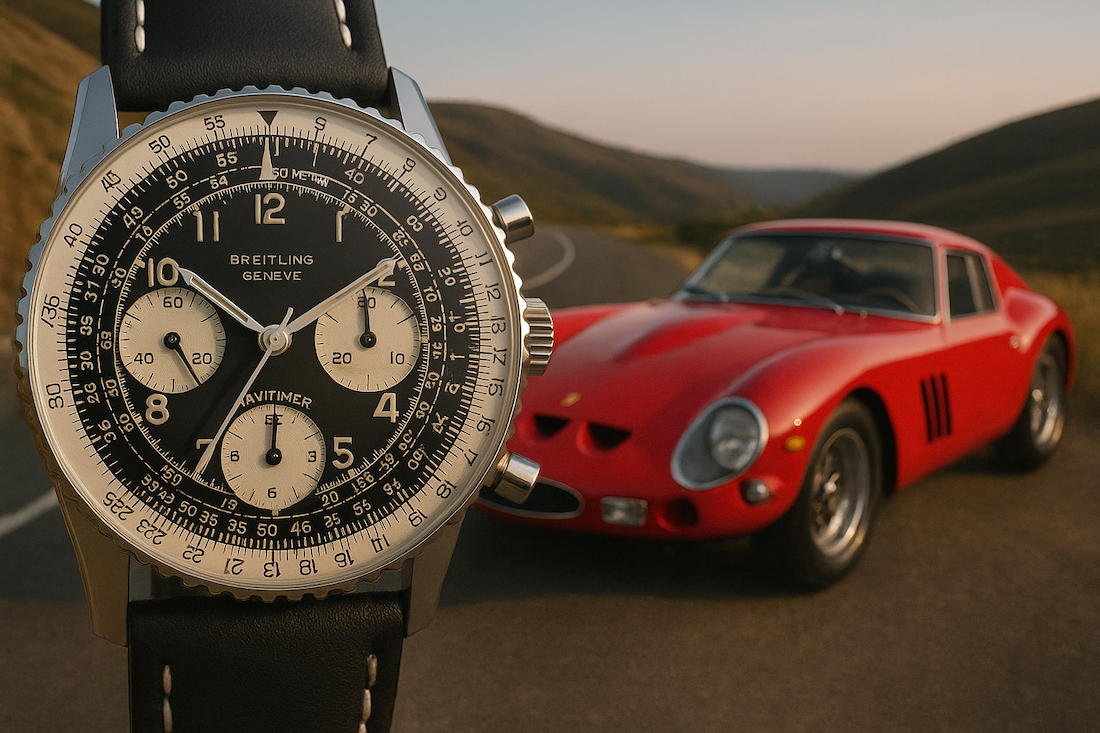
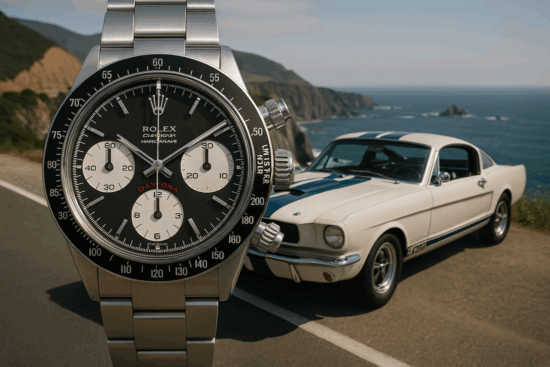
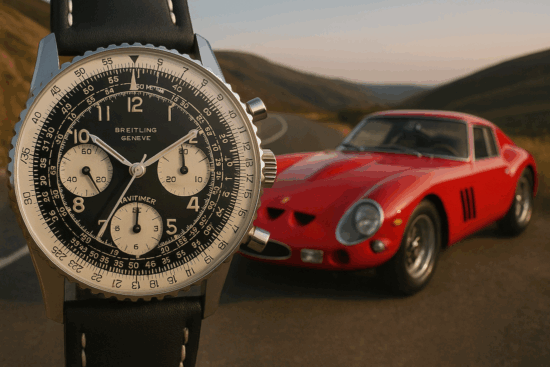
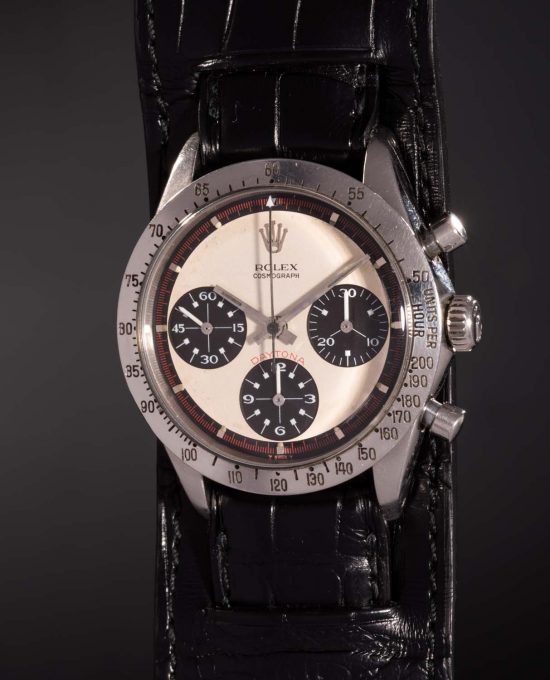
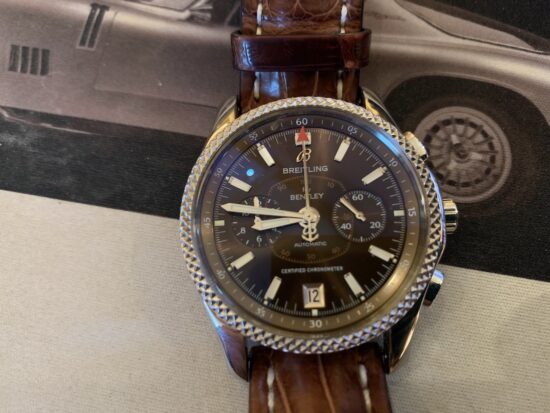
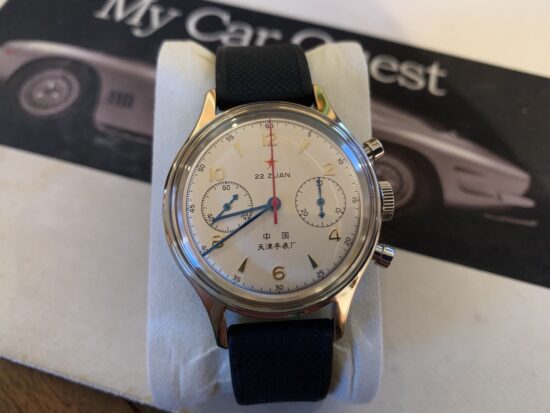
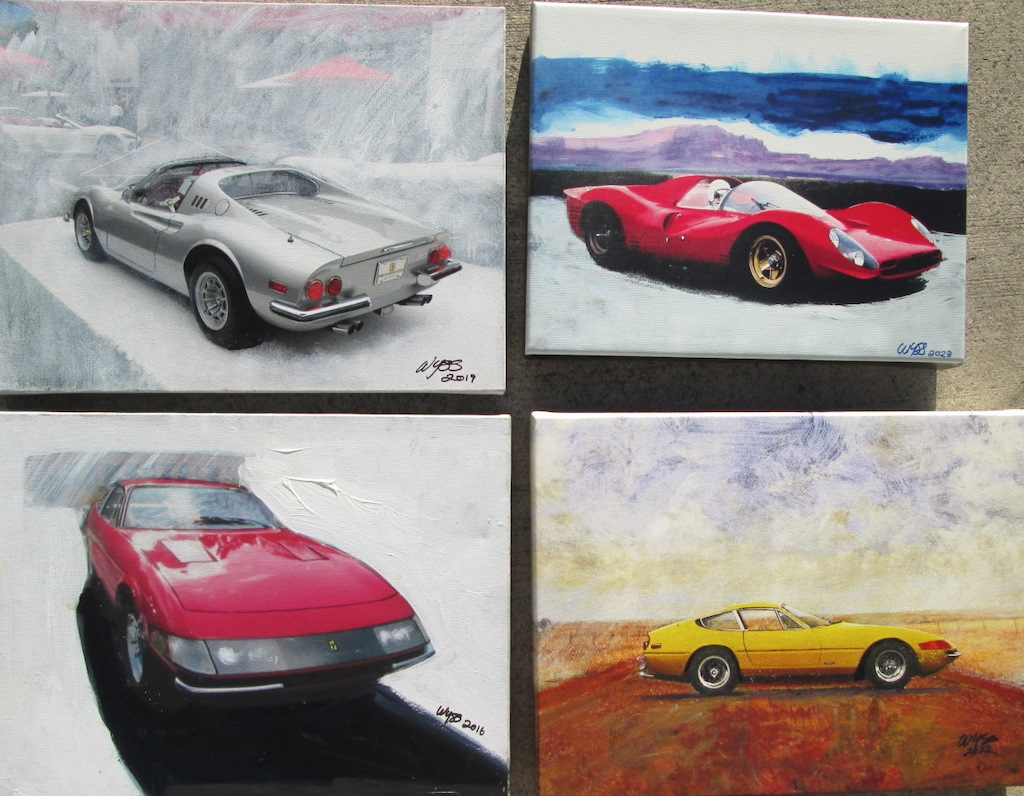

Enjoyed this !
I like the Rolex Daytona and the Chopard Mille Miglia but the Navitimer in large format is also beautiful … always with a bracelet please.
We would perhaps have considered some more detail on the nomenclature such as :
Tachymeter: A scale printed on the bezel or dial that allows the wearer to measure speed by relating elapsed time over a known distance.
Rattrapante (Split-Seconds Chronograph): A sophisticated complication with two seconds hands that can time two different events starting at the same time, with one hand able to be “split” to record an intermediate time and then “caught up” to the other.
Flyback Chronograph: A mechanism that allows the wearer to immediately restart the timing function by pressing the reset pusher, rather than having to stop, reset, and then start again.
I really enjoyed this !